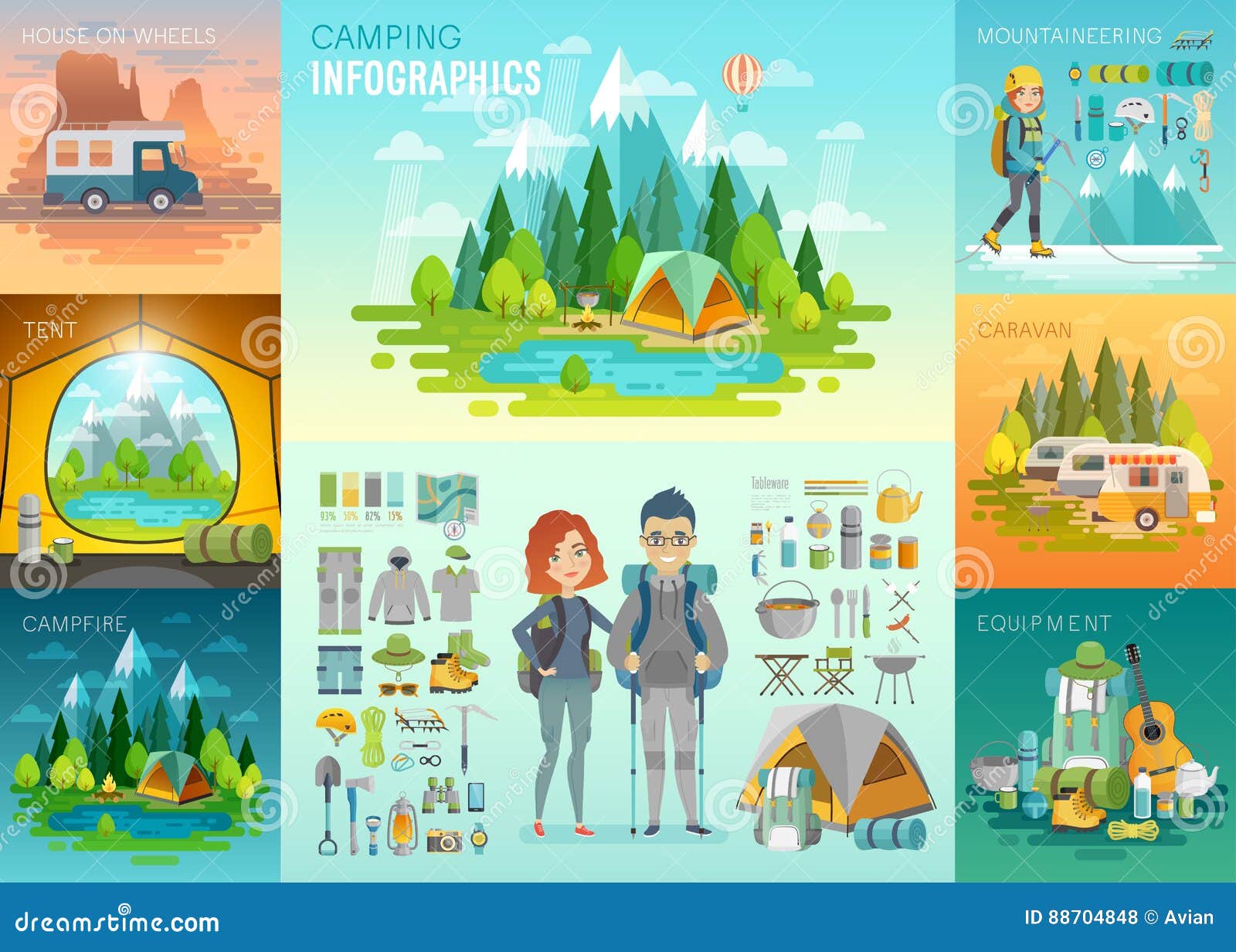From the nomadic people of Central Asia to glamping websites worldwide, bell camping tents have become a symbol of rustic adventure. Their legendary shape and large insides produce an ambiance that is both cozy and magnificent.
Do tents leak when it rains?
Their beginnings can be mapped to armed forces tents designed by Henry Hopkins Sibley, that patented the conelike canvas shelter in 1856. The design was based upon the Indigenous American teepee and was created to be quickly put together, durable and mobile.
Beginnings
The bell tent has been a staple for exterior lovers because the 19th century. The design is rooted in army camping tents that saw service in the Crimean War, and later on ended up being popular with scout teams across America. The American Sibley tent was a version of the European bell camping tent. Its creator, Henry Hopkins Sibley, took inspiration from the Indigenous American tepee when producing his version. His version integrated a single facility pole, raised bigger wall surfaces and a venting cap that permitted smoke from the oven to leave.
Today, modern-day canvas bell camping tents provide a feeling of high-end for camping lovers and are a preferred option for glamping retreats. With a sizable inside and an attractive form, these camping tents can be adorned with furnishings and design to create a comfy and intimate setting for passengers. The circular design additionally helps with wind resistance and allows for adaptable indoor designs. The simpler layout with less poles and risks makes it less complicated to set up camp and transport to various areas.
Armed forces Use
The Bell Outdoor tents was a home-away-from-home for lots of soldiers in the 18th century. It was used on the battlefield along with for command centres and field hospitals.
Its capability to be rapidly established in a range of objective scenarios permitted it to function luxury camping tent as an efficient sanctuary and office. Its modular design suggests it can broaden or contract to fit the demands of different sized teams and goals.
Additionally, it can be easily moved utilizing a range of lorries and hands-on transportation, making it a functional choice for army and rescue operations. Its lightweight, small nature also makes it less complicated for soldiers or rescuers to lug and trek throughout complicated terrain to reach their goal website. This saves valuable time and sources.
Glamping
With the rise of glamping, bell outdoors tents ended up being popular as an extravagant camping option. Their legendary shape creates a wonderful ambiance and can be fitted with fashionable furnishings to include an extra touch of convenience to your camping experience.
In the 19th century, the military adjusted the design to make it a lot more resilient and sensible for use on battle zone and explorations. Animal hides were changed by canvas that had been treated with waterproofing representatives, allowing the bell tent to stand up to harsh weather.
The bell tent's functionality captured the interest of entertainment campers, and it rapidly obtained popularity as a camping tent for camping trips and other outdoor events. It is currently a staple at boutique outdoor camping websites, music events, and eco-resorts, where it offers a blend of fond memories and elegance.
Layout
The bell tent's straightforward design stood out of entertainment campers, and it soon came to be a staple among those who intended to experience the outdoors in style. Today, you can discover these versatile structures in camping sites and at glamping retreats across the globe.
The first trademarked variation of the bell outdoor tents was developed by Henry Hopkins Sibley throughout the American Civil War, drawing motivation from Indigenous American tipis. He integrated a solitary main pole, brief side walls, and a vented "cap" for smoke from a cooktop to create his cutting-edge camping tent.
With time, Sibley's design enhanced with the enhancement of breathable canvas and various other materials that enabled the outdoor tents to manage its temperature. Modern bell camping tents are made from a selection of products, including cotton and blends with fire resistant fabric to reduce fire risks. Their large insides are perfect for setting up furnishings to develop comfortable sleeping areas and lounge areas. They are likewise light-weight and very easy to construct, making them a fantastic option for newbies or anyone searching for a trouble-free outdoor camping experience.
How do I keep my canvas from shrinking?
